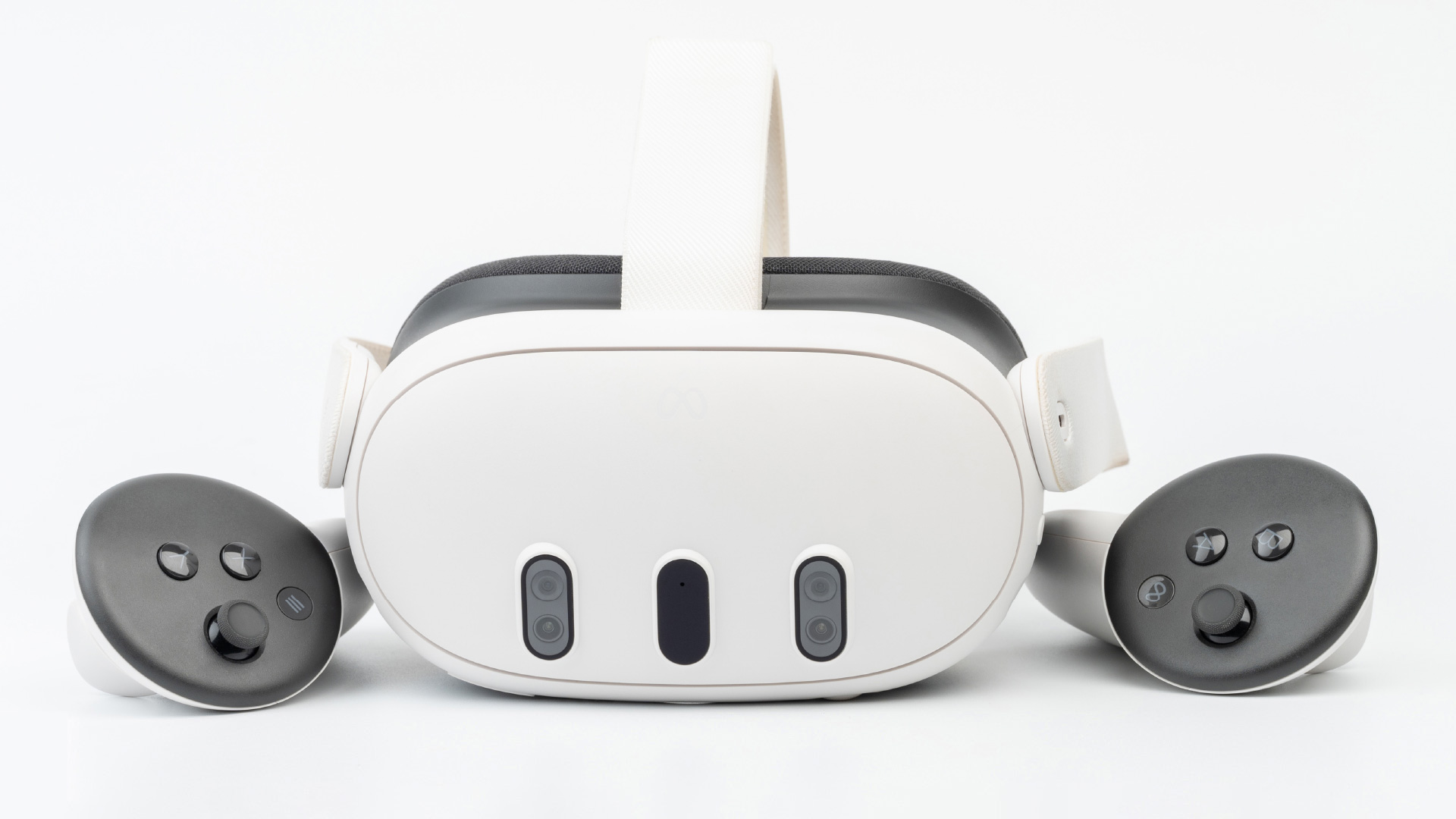
Technology shapes policing in impactful, often unforeseen ways. The advent of the automobile took cops off the sidewalks and away from the public, as did the mobile radios that followed thereafter. In-car computers changed the way calls were dispatched and reports were written, placing important information at officers’ fingertips. Body-worn cameras required departments to rethink how they handle evidence.
These advances all carry their own costs and benefits, but it’s hard to see anything wrong with combining video games and police training. That’s exactly what Brandon Asuka, the executive officer of the State of Hawaii Department of Law Enforcement, did.
If you didn’t know that Hawaii even had a state police force, don’t feel bad. The popular television series Hawaii Five-O followed a special unit of the state police, but the eponymous group was imaginary. Not only was the famous “Five-O” a product of Hollywood, but the unique state didn’t have any actual state police force until 2023. Despite being late to the state police game, the Aloha State has hit the ground running.
“The legislature gave us a significant budget to invest in technology,” Asuka says.
Some of those technology funds have been used to create a virtual reality-based police training and operations program. The program has taken on a unique role at the State Capitol building. To help improve security, officers utilize a program that creates a digital twin of the state capital building. Security cameras are integrated into the program in real time. The result is that officers can “fly” around virtually in the building, using Meta 3 goggles. It allows them to virtually patrol the building, according to Asuka.
The program is also used for training and planning. It is currently being used to model evacuation routes for the governor and other officials. It also helps coordinate seating arrangements in the legislative chambers.
The program’s benefits go well beyond the capital building. Hawaii is a very unique state. In addition to being one of the few non-continental states, it’s also the only one comprised of numerous islands. If you think it’s inconvenient to drive to a neighboring jurisdiction for your annual training because you can’t find a good cup of coffee, imagine needing a boat. This geographic feature makes it difficult for agencies in Hawaii to work together. The new VR program has the potential to minimize this inconvenience.
“We want to be able to conduct training that could include multiple personnel that are geographically separated using virtual environments,” Asuka says.
In other words, officers from various agencies could all train together using the VR program and headsets, to be better prepared for the day that an emergency requires them to island-hop and assist each other.
The greatest benefit, though, may potentially have nothing to do with operations. Asuka hopes that the integrated technology may attract a “… younger generation that grew up playing video games.” New police recruits are increasingly familiar with technology, including the kinds being explored by Hawaii’s law enforcement community. They may, potentially, be more likely to embrace a profession that includes that technology. In an age where personnel shortages are far too common, that in and of itself may make the project worth the investment.





